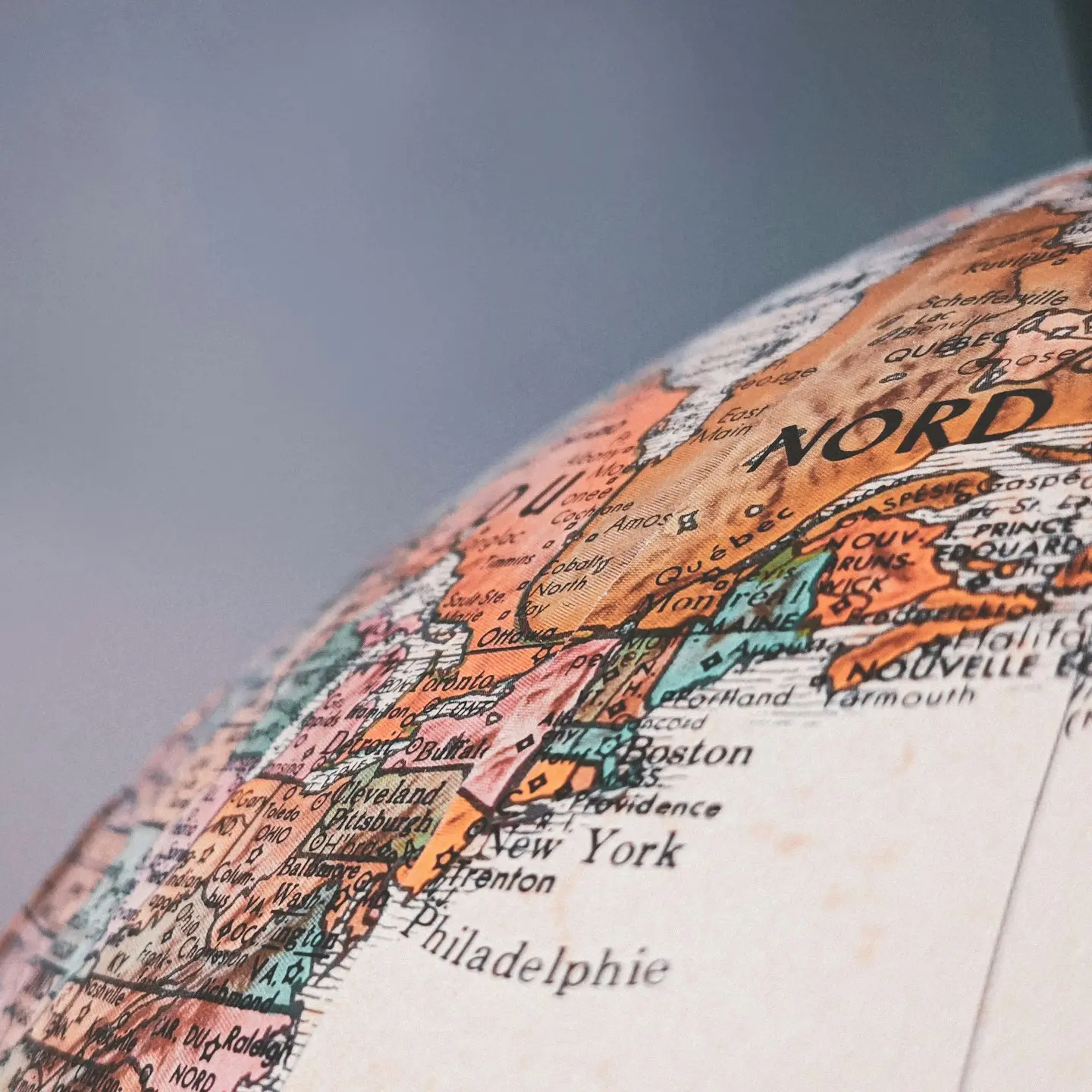The Language Journey Goes On: The Emotional Side of Learning and Discovering Languages
In the last episode, I talked about how Tagalog marked a pivotal moment in my personal language journey. It’s the language on which the official language of the Philippines is based. From there, I began an ideal journey through the main Asian language families, working my way westward—like a linguistic adventure from the Philippines to Europe.

From Southeast Asia to Siberia
I started exploring the Malayo-Polynesian languages, then moved on to Chinese, the languages of the Indochinese peninsula, Korean, Japanese, and beyond.
One of the resources that had a major emotional impact on me was Proel.org. It’s a simple but incredibly informative website that allowed me to get a bird’s-eye view of the world’s languages. I was emotionally involved in what I was reading—really moved by it.
Discovering Paleo-Siberian and Altaic Languages
Among all the language families, the Paleo-Siberian languages fascinated me the most. These endangered languages are spoken in the far Eastern regions of Siberia, around the Kamchatka Peninsula. Reading about how some of them were on the brink of extinction gave me a real sense of anxiety and sadness.
My second favorite family was the Altaic languages—Turkish, Mongolian, and Manchu. This family stretches from the borders of China all the way to Greece. I even discovered a treasure trove of information on Altaica.ru. At the time, the English version was limited, and most of the site was in Russian. I loved the sound of Russian, but back then, it felt impossible to learn it on my own while going to school.
I had no idea what cases or declensions were—and that just made me more frustrated. I remember staring at Russian texts and feeling helpless because I couldn’t understand even a sentence.
Falling in Love With Languages
Eventually, my journey took me from Altaic to Uralic languages. I was captivated by how Finnish sounded. But it wasn’t long before I discovered my first real language love.
Yes, Tagalog was interesting, but I never took it far enough to call it a real love story. I didn’t dive deep into Filipino culture, nor did I reach a conversational level. That’s why I don’t count it as a “real” love.
Hungarian: My First Real Language Love
For me, learning a language is like falling in love. First comes the excitement and butterflies of the first encounters. Then, a deeper, calmer form of love takes over. Sometimes it lasts, sometimes it fades.
My first true love was Hungarian, which caught my interest during a trip to Budapest and Prague. It was a life-changing moment, and I’ll tell you more about it in a future article.
How It All Began: 2004–2007
All of this happened between 2004 and 2007.
Back at school, these were the years when I had my first meaningful contact with migrants in Italy. For someone born in the early ’90s, this wasn’t common. When Italians today are surprised by the multiculturalism in places like Brussels, I can’t help but smile. I think true multicultural experiences begin when you meet people not just from Western Europe, but from across the globe.
The Impact of School Diversity
In my school, there was an unspoken apartheid between Italians and foreigners—even second-generation ones. Things have improved now, 20 years later, but integration takes time.
I honestly found my Italian classmates incredibly boring. Luckily, a friend from the Philippines introduced me to a group of students with migration backgrounds.
It was amazing: Moroccans, Albanians, Chinese, Peruvians—you name it. One Moroccan girl even helped me learn the Arabic alphabet. She gave me short “tests” with sentences to translate and verbs to conjugate. It was such a fun and touching gesture.
That group—and that experience—are the real reasons why I changed careers almost 20 years later. But that’s a story for another article. 😉